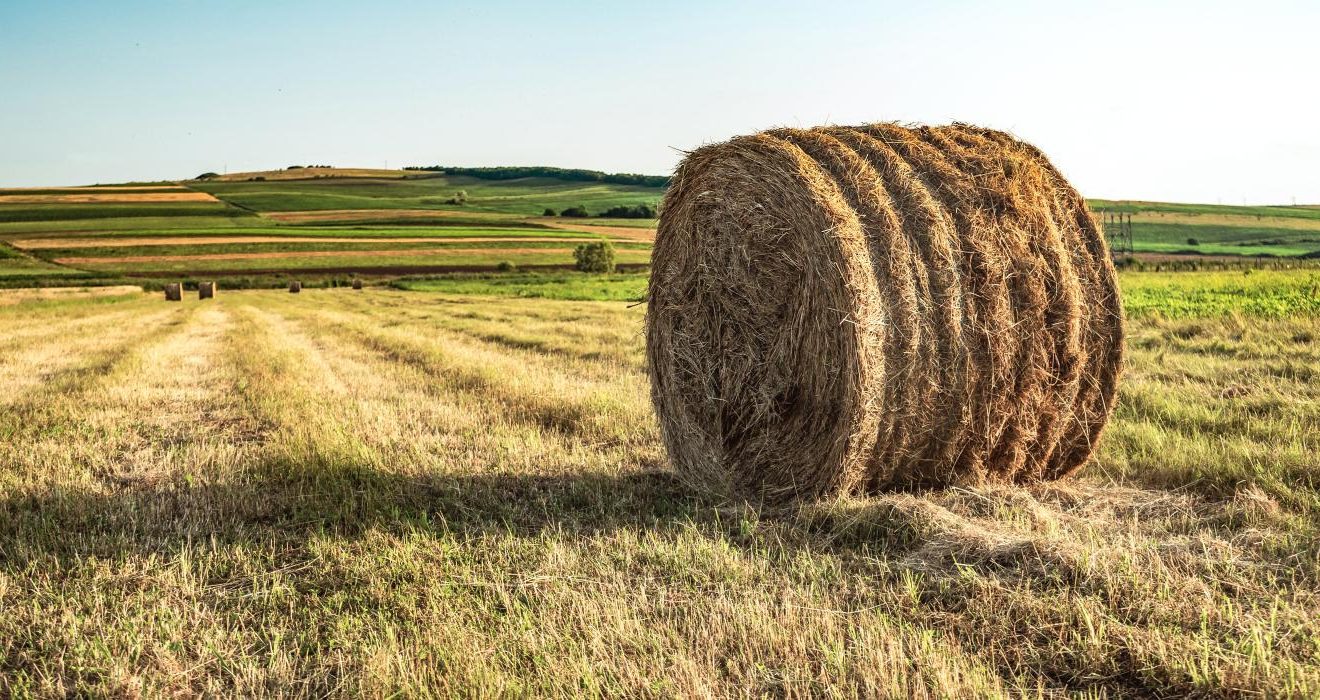As the world grapples with the challenges of global heating, a ray of hope emerges from an unexpected source agricultural soils. Recent research indicates that marginal improvements to these soils on a global scale could be the key to maintaining the planet within the crucial 1.5-degree Celsius limit. This in-depth exploration delves into the transformative potential of sustainable farming techniques, shedding light on their capacity not only to enhance long-term fertility and yields but also to serve as a formidable carbon sink. Join us on a comprehensive journey through the research findings that illuminate a path toward a more sustainable and carbon-negative future.
The Overlooked Power of Agricultural Soils
Farmers, faced with the constant dilemma of choosing between intensive techniques and sustainable practices, have unwittingly overlooked the incredible potential inherent in improving soil health. The prevalent use of large amounts of artificial fertilizer, a widespread agricultural practice, not only results in resource wastage but also contributes significantly to increased greenhouse gas emissions. However, beneath the surface lies a solution—adopting better farming techniques could lead to the storage of an additional 1 percent of carbon in approximately half of the world’s agricultural soils, translating to an astonishing absorption of 31 gigatons of carbon dioxide annually.
Unveiling the Research Insights
The groundbreaking estimates, spearheaded by Jacqueline McGlade, former chief scientist at the UN Environment Program and executive director of the European Environment Agency, provide a compelling case for prioritizing soil health in our global climate strategy. McGlade’s research demonstrates that enhancing carbon storage in the top 30 centimeters of agricultural soils is not only plausible but also feasible, particularly in regions where soils currently suffer from degradation. As the leader of Downforce Technologies, she utilizes advanced tools, including publicly available global data, satellite images, and lidar, to assess soil carbon content at the individual field level, marking a significant leap in precision and understanding.
The Economic and Environmental Benefits
“Outside the farming sector, people do not understand how important soils are to the climate,” notes McGlade. The initial hesitancy and short-term costs faced by farmers transitioning away from excessive artificial fertilizer use are outweighed by the substantial long-term benefits. After a transition period of two to three years, not only do yields improve, but soils also regain their health, becoming more resilient to environmental changes. McGlade estimates that restoring 40,000 hectares of badly degraded farmland in Kenya, supporting approximately 300,000 people, would cost around $1 million an investment with far-reaching economic and environmental implications.
Carbon Credits and Financial Incentives
Downforce data isn’t merely informative; it opens the door to potential financial incentives for farmers. By allowing farmers to sell carbon credits based on their fields’ carbon absorption capacities, a new revenue stream emerges, creating a tangible connection between sustainable agriculture and economic benefits. Carbon dioxide removal, a suite of technologies aimed at sequestering carbon from the air, gains momentum as an innovative approach to achieving carbon neutrality, further incentivizing farmers to embrace sustainable practices.
Transformative Practices for Arable and Livestock Farmers
Arable farmers, often at the forefront of agricultural practices, can play a crucial role in carbon sequestration. Altering crop rotations, incorporating cover crops like clover, and adopting direct drilling techniques are transformative practices that not only enhance soil health but also contribute significantly to carbon sequestration. Similarly, livestock farmers can contribute by cultivating more native grasses, aligning their practices with sustainable and environmentally friendly principles. This section explores these sustainable practices and their positive impact on both carbon sequestration and overall agricultural sustainability.
The Role of Hedgerows in Carbon Sequestration
Beyond field-level practices, the restoration and preservation of hedgerows emerge as essential components of carbon sequestration. Despite being historically removed for the sake of intensive farming, these natural barriers harbor large underground networks of mycorrhizal fungi and microbes capable of extending meters into the field. The resurgence of hedgerows not only enhances biodiversity but also addresses critical issues such as topsoil erosion and agricultural runoff, a significant contributor to river pollution. As we reimagine the landscape, restoring and maintaining hedgerows prove to be integral to the broader goal of achieving sustainable and resilient agricultural ecosystems.
A Paradigm Shift in Global Agriculture
In conclusion, the potential for agricultural soils to act as a carbon sink represents a groundbreaking opportunity in the fight against climate change. As farmers transition towards sustainable practices, not only do they contribute to carbon neutrality, but they also reap economic benefits and ensure the long-term health of their lands. This article emphasizes the need for a paradigm shift in global agriculture, underscoring the overlooked power of healthy soils as a key player in our journey toward a sustainable and climate-resilient future. From the fields of Kenya to the vast agricultural landscapes worldwide, the transformative potential lies in our collective commitment to fostering healthier soils and embracing sustainable practices.

